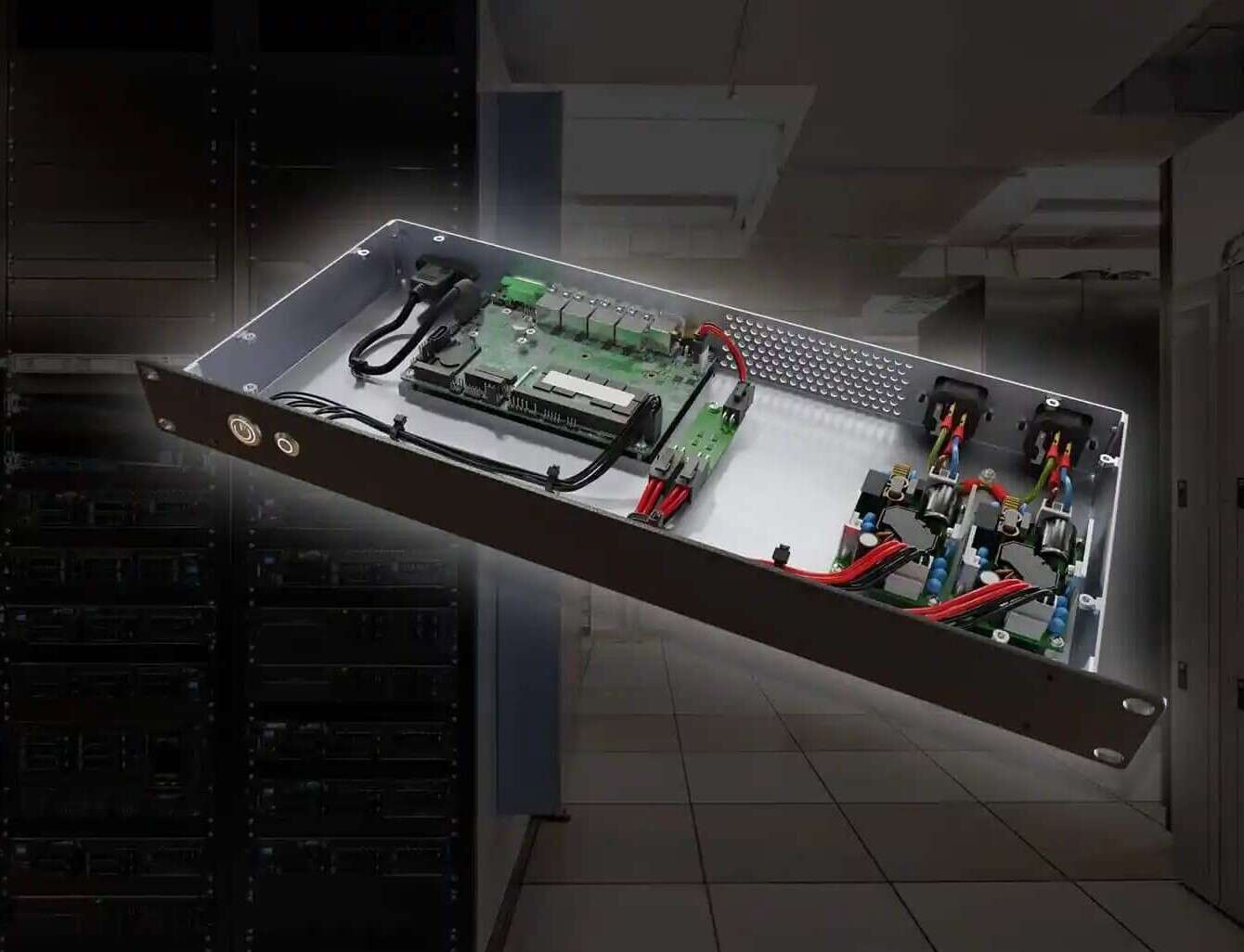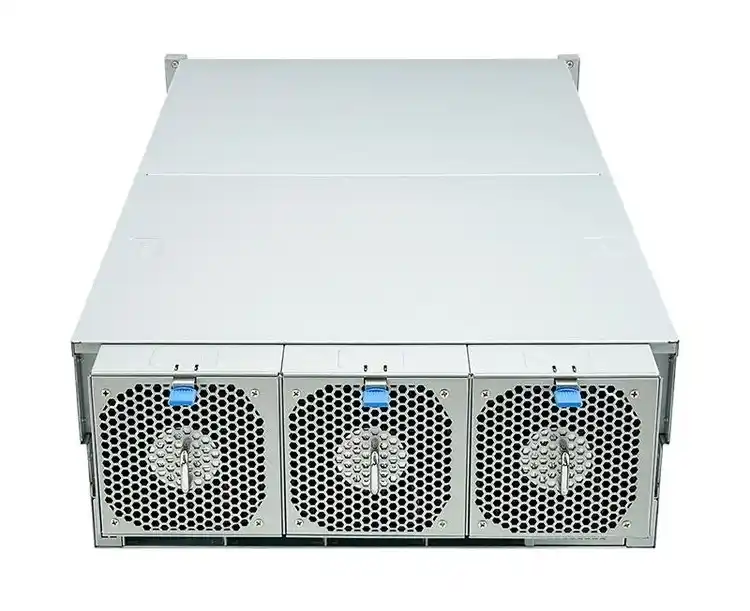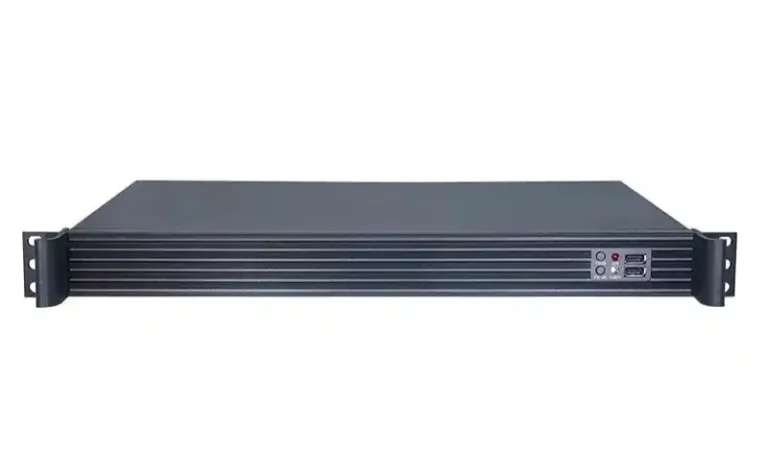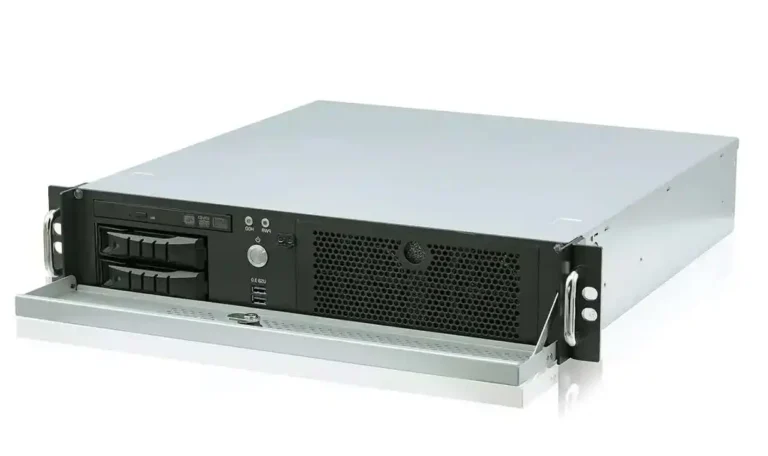You want more compute in less space. A 1U rackmount case promises that. But airflow, noise, and serviceability push back. Let’s keep it real and hands-on: where 1U shines, where it fights you, and how to spec it so your rack runs cool and stable. I’ll also point to IStoneCase options for OEM/ODM and bulk orders when you need repeatable builds.
1U rackmount case cooling vs density
A 1U chassis gives you 44.5 mm of height. That’s dense, but tight. Heatsinks shrink, fans get smaller, cables crowd the intake. So discipline beats brute force: keep front-to-back airflow, use a proper fan wall, and avoid anything that blocks the intake. For layouts and quick browsing, check 1U rackmount models.
Front-to-back airflow in a 1U server pc case
Short path. High static pressure. That’s the play in a server pc case at 1U. Forty-millimeter fans push through drive cages and dust filters only when you tune them right.
- Use a fan wall with PWM control.
- Route cables so they don’t sit in the intake like tiny parachutes.
- Keep bezels and filters clean; grime kills CFM.
- Map hot spots (CPU, storage, NIC) and set curves by zone.
If you prefer a pre-sorted catalog for this class, IStoneCase’s 1U server case section shows typical fan modules and PSU styles you’ll work with.
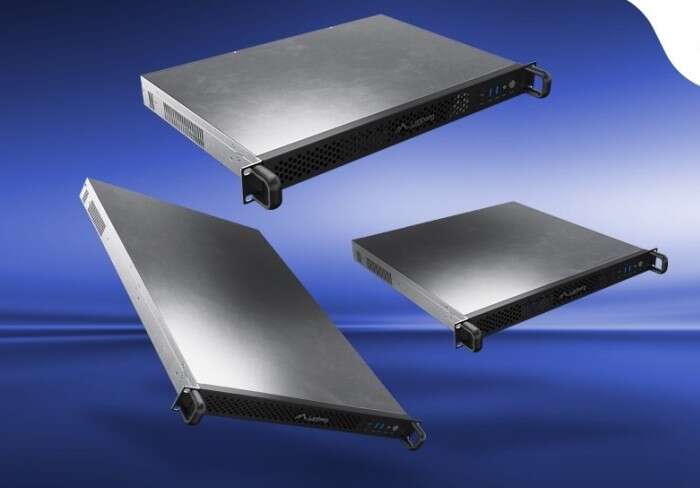
When a server rack pc case should move to 2U
Sometimes the smartest 1U is… 2U. A server rack pc case at 2U gives you bigger fans, taller coolers, and calmer acoustics. If you expect hotter CPUs, many front bays, or people working near the rack, step up. Your uptime will like it. Explore the broader rackmount case family (1U–4U) when thermals or noise start to creep.
Decision table: quick checks before you lock the BOM
| Claim (1U reality) | Why it matters | What to do |
|---|---|---|
| Front-to-back airflow dominates results. | The 1U path is short; any blockage slams temps. | Keep intake porous, add a solid fan wall, avoid cable knots. |
| 40 mm fans need static pressure, not just CFM. | Cages and filters increase resistance. | Pick high-static fans, set PWM curves, validate with a smoke test if you can. |
| PSU form factor changes the exhaust path. | FLEX vs 1U PSU shifts airflow and cable space. | Match PSU to your flow plan and CPU heat budget. |
| Rails cut downtime in dense racks. | Tool-free swaps reduce heat soak while you service. | Choose rails matched to cabinet depth; see chassis guide rail. |
| Not every workload belongs in 1U. | Noise/thermals can snowball. | If constraints are tight, jump to 2U–4U rackmount and breathe. |
| Custom front I/O and branding help ops. | Integrators and MSPs need repeatable spec. | Lock fan spec, I/O, brackets, and branding with Server Case OEM/ODM. |
Noise reality with a 1U computer case server
A computer case server at 1U gets loud under load. Small fans spin fast; physics won’t bargain. If you’re in a data hall, fine—run the curve you need. If the box lives near people, derate the CPU a bit, ease the curve, or move to 2U. Dont expect bench-quiet from 40 mm fans.
ATX server case fitment in 1U
Yes, you can place an atx server case layout into 1U (ATX or even E-ATX boards), but cooler height and risers become a puzzle. Think early about:
- CPU cooler clearance and ducting.
- Riser orientation for NICs/accelerators.
- Cable strain at tight bend radii.
If you want “same motherboard, more headroom,” jump to 2U with the same board and enjoy taller heatsinks and calmer acoustics. Browse the 1U options first, then pivot if needed: 1U rackmount models.
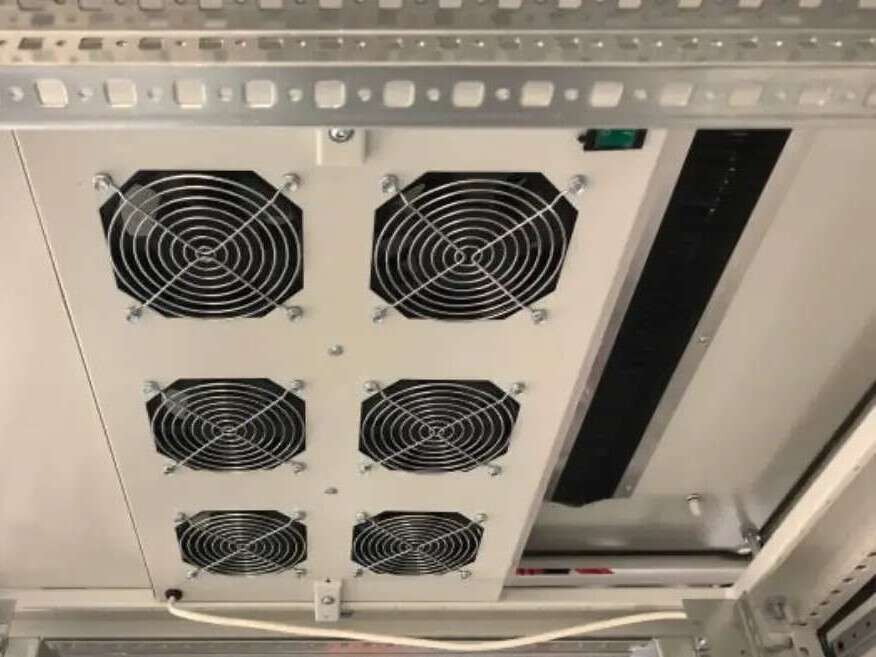
Real-world scenarios where 1U shines
- Edge & telco nodes. Short-depth choices, neat cable lines, front I/O.
- Network/security appliances. IDS/IPS or SD-WAN likes single-socket 1U with predictable airflow.
- Light backup and cache. A few bays, good static pressure, minimal footprint.
- Scale-out virtualization. Many small nodes > a few monsters when you want fast swap and consistent thermals.
If you need more storage trays, GPU height, or quiet racks, walk the rackmount case range and pick 2U–4U.
Mini checklist: 1U thermal setup that actually works
| Step | What to verify | Pitfall to avoid |
|---|---|---|
| Intake health | Filters clean, bezel vents open, no cable “sails” | Over-tight zip ties that force cables into the intake |
| Fan wall tuning | PWM curves per zone (CPU, drives, NIC) | One flat, loud curve for everything |
| Drive bay plan | Enough airflow for the number of bays you populate | Filling every 3.5″ bay without boosting static pressure |
| PSU choice | FLEX/1U PSU that complements rear exhaust | Oversized cabling blocking the plenum |
| Rails & service | Tool-free rails, safe handle clearance | Pulling a box while fans howl and heat-soak the rack |

OEM/ODM for rollout—repeatable, branded, and less headache
Standard SKUs are good; fleets need consistency. You want the exact front I/O, fan spec, rail kit, labels, and even the baffle that your field techs expect. IStoneCase builds for that reality. With Server Case OEM/ODM you can freeze the bill of materials and deliver the same experience box after box—great for data centers, MSPs, ISVs, research labs, and big enterprises buying in batches.
Need GPU-ready chassis for AI training or inference? Pair the 1U compute tier with GPU nodes from the GPU server case family when height allows, or keep GPU in taller units and run lightweight orchestration in 1U. Either way, the catalog covers Rackmount, Wallmount, NAS, and ITX options for mixed fleets.
Buying pointers with business value baked in
- Choose the right case class first, then features. If the workload and room say “quiet,” 2U is cheaper than fighting 1U noise forever.
- Standardize spare parts. Same fan modules, same rail kit, same PSU class across SKUs. Your RMA shelf thanks you.
- Think cabinet depth early. Order rails that fit your 800–1200 mm racks; here’s the guide rail lineup.
- Lock the look and feel. Front panel, branding, I/O, and airflow bits—lock them via OEM/ODM so every batch matches.
Final take
A 1U rackmount case wins on density and neat deployment. It asks for careful airflow, honest noise expectations, and a service plan that doesn’t slow your ops. If you keep the intake clean, spec for static pressure, and use rails, 1U runs hard and steady. If thermals spike or people complain, jump to 2U–4U and keep your weekends calm.
IStoneCase—The World’s Leading GPU/Server Case and Storage Chassis OEM/ODM Solution Manufacturer—covers the whole stack: 1U rackmount, broader rackmount case families, rails, and custom work through Server Case OEM/ODM. That lets you build the right server rack pc case, server pc case, computer case server, or atx server case without wrestling the basics every time.

